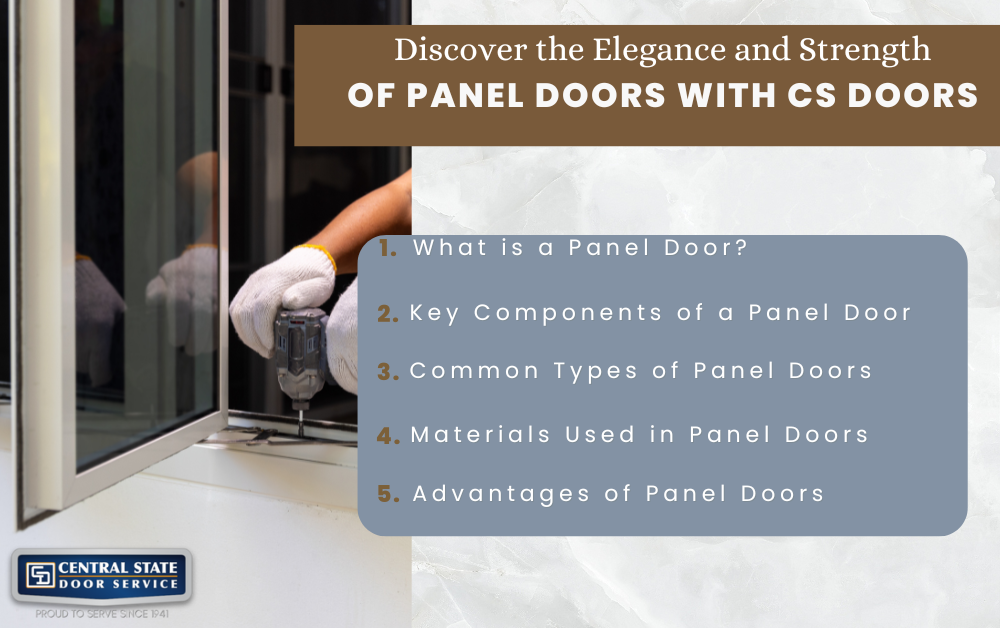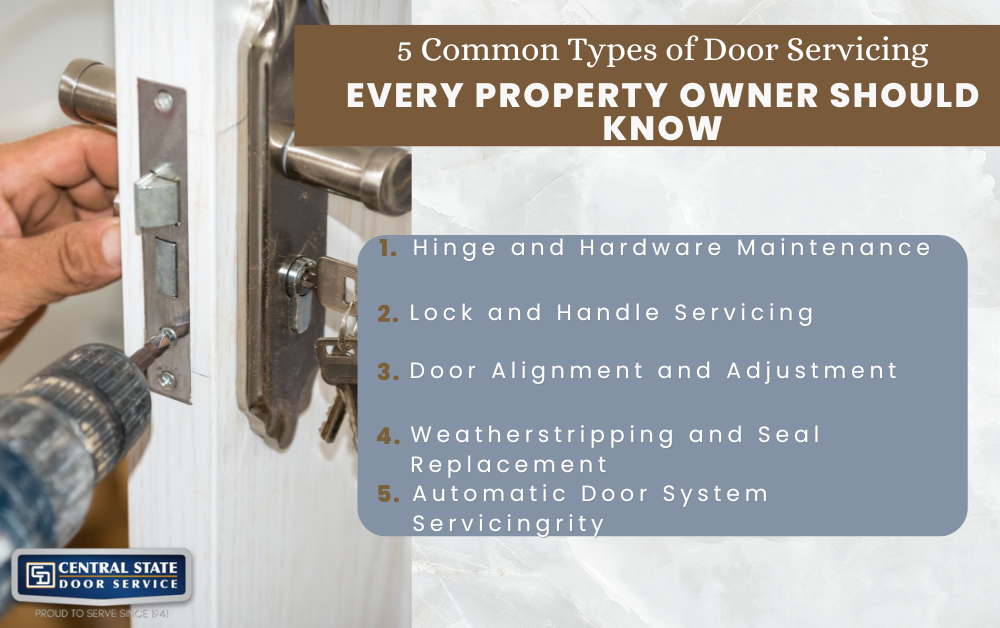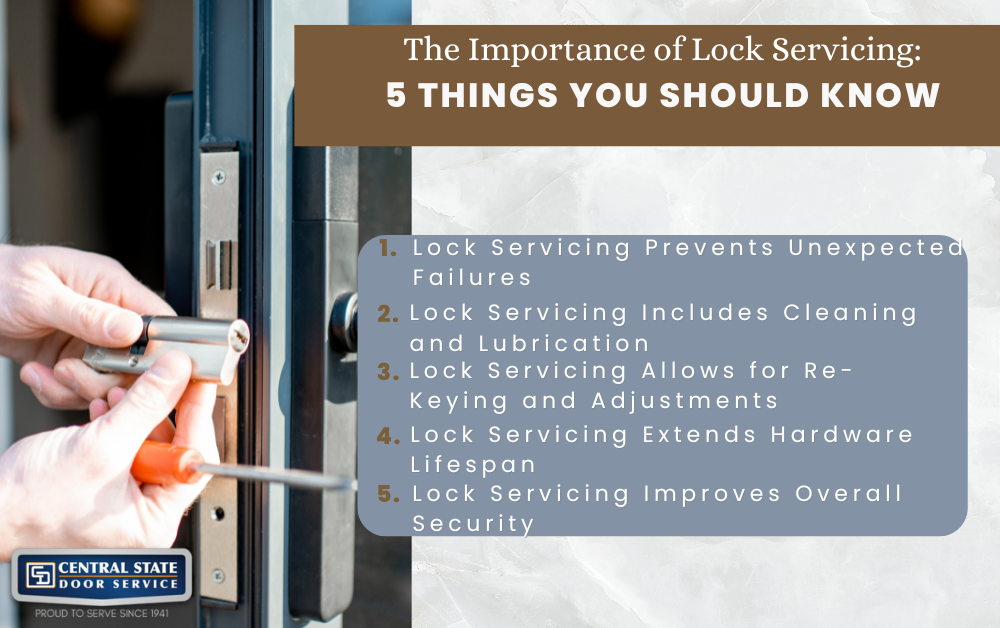Front door installation does more than just welcome guests. It enhances your home’s exterior, influences energy efficiency, and acts as a vital security feature. Whether you’re upgrading an old entry or working on new construction, understanding the core aspects of front door installation ensures a smooth process and long-lasting results. From measurements to material selection, each decision adds value to the performance and look of your front entryway. With quality products and expert guidance from CS Doors, every step matters, and knowing what to expect helps you make smarter choices. Here’s what you need to know to get it right the first time.
Proper Measurements Are Crucial
Why Accuracy Matters
Getting the measurements right is critical to the success of any front door installation. A door that is too small can lead to air drafts and decreased energy efficiency. A door that is too large may require significant alterations to the frame, increasing labor and costs. Precise measurements reduce the risk of operational issues and future maintenance. They also help avoid the need for costly adjustments during or after installation. Ensuring your new door fits perfectly will improve performance and appearance.
Tools and Techniques
To measure properly, you’ll need a tape measure, a level, and possibly a square. Measure the width in three places—top, middle, and bottom—and use the smallest measurement to ensure the best fit. Do the same for the height, measuring at the left, center, and right sides of the frame. It’s also essential to check the depth of the frame to confirm compatibility with your new door. Taking careful measurements ensures the door will open, close, and seal properly. Skipping this step often results in complications later in the project.
Common Pitfalls to Avoid
Many homeowners assume the existing frame is square and level, but this is often not the case, especially in older homes. Even a slightly warped or uneven frame can interfere with how the door functions. Always verify the frame’s squareness and levelness before proceeding with your front door installation. Additionally, overlooking small irregularities can lead to gaps and poor insulation. Uncertainty is best addressed with input from a qualified professional to avoid costly mistakes. Precision at this stage leads to fewer issues and a more professional-looking result.
Pre-Hung vs. Slab Doors
What Is a Pre-Hung Door?
A pre-hung door comes already attached to its own frame, complete with hinges and often a pre-cut hole for a handle or lock. It is ideal when you’re replacing the entire door unit, including a damaged or outdated frame. Installation is generally quicker and results in a cleaner, more secure fit. Pre-hung doors also improve the chances of a better seal against the elements and increased energy efficiency. They are a go-to solution for new construction or major remodeling projects. If you’re looking for a simpler, more comprehensive upgrade, a pre-hung door is a strong choice.
Understanding Slab Doors
Slab doors are just that—the door only, without any frame, hinges, or hardware attached. This option is best when the existing door frame is in good condition and you want to preserve the architectural character of your home. Installing a slab door requires precision, particularly when aligning the hinges and lockset with the existing frame. It’s a more advanced project that demands a steady hand and the right tools. For those who enjoy craftsmanship or restoring vintage homes, a slab door can offer more flexibility and customization. However, it’s important to be confident in your skills before attempting this type of installation.
Choosing the Right Option
The decision between pre-hung and slab doors depends on your specific situation and home structure. If your current frame is warped, damaged, or outdated, a pre-hung door is likely the better choice to ensure functionality and appearance. If you’re looking to maintain original details or reduce costs, a slab door may be more suitable. Evaluate the frame’s condition, your skill level, and the amount of time you’re willing to invest. Making the right choice simplifies your front door installation and ensures a more lasting result. Make sure you’re confident in your choice by thinking through the details.
Weatherproofing Is Essential
The Role of Sealing
Weatherproofing plays a critical role in ensuring the longevity and efficiency of your front door. Sealing gaps with caulk or foam insulation prevents air leaks and blocks water from seeping into your home. A good seal keeps heating and cooling costs down year-round and helps create a more comfortable indoor environment. It also protects your interior from moisture-related damage like rot, mold, and warped flooring. Ensuring tight seals around all edges is key to effective front door installation. Neglecting this step can lead to long-term problems and costly repairs.
The Importance of Weather-Stripping
Weather-stripping enhances your door’s ability to form a tight seal when closed. It is typically applied around the perimeter of the door and along the threshold to keep drafts out and maintain indoor temperatures. There are several types of weather-stripping available, including adhesive foam, rubber, felt, and magnetic strips, each suited to different door materials and climate conditions. Installing the right type can significantly boost your home’s energy efficiency. This small detail can make a major difference in your utility bills and overall comfort. When done correctly, it also helps prolong the lifespan of your door.
Signs of Inadequate Weatherproofing
You can often feel drafts or see light around the edges of a door that hasn’t been properly weatherproofed. These signs indicate gaps that allow cold air, moisture, or even insects to enter your home. In colder months, this can make your home feel chilly despite a running heater, increasing energy usage. In wet conditions, water may seep inside, causing hidden damage to walls, floors, and insulation. These issues are preventable with thorough weatherproofing during front door installation. Addressing them early protects your home and enhances overall performance.
Material Matters
Wood: Classic and Customizable
Wooden front doors offer timeless beauty and can be customized with intricate carvings, stains, or paint colors. Their natural grain and warmth make them a popular choice for traditional and upscale homes. Ongoing upkeep, including proper sealing, is necessary to maintain their durability and painting, to protect against weather damage. When not properly maintained, wood is prone to warping and rotting, especially in humid or wet climates. It’s best suited for covered entryways where exposure to rain and sun is limited. Despite the upkeep, many homeowners still choose wood for its unmatched visual appeal.
Fiberglass and Steel: Durable and Efficient
Known for their tough build and low-maintenance nature, fiberglass doors perform well under exposure to moisture and extreme weather conditions. They can mimic the look of wood with textured finishes, offering style without the hassle. Steel doors are engineered for maximum strength and secure performance, making them an excellent choice for safety-conscious homeowners. Both materials offer excellent insulation and energy efficiency, especially useful in locations that experience extreme winters or hot summers. They are also less susceptible to dents and scratches compared to wood. When it comes to reliability, these materials are top contenders for modern front door installation.
Composite: The Best of Both Worlds
Composite doors are made from a composite of wood fibers, resins, and sometimes metal, and they provide a resilient and flexible entryway option. They offer excellent thermal performance, weather resistance, and long-lasting durability with minimal upkeep. Because they are engineered, they resist common issues like warping, swelling, and rotting better than natural wood. Composite doors are highly customizable, available in many styles and finishes, and crafted to integrate seamlessly with different architectural forms. They are especially suited for high-traffic homes that need both performance and curb appeal. As a result, they are becoming increasingly popular in contemporary front door installations.
Professional Installation May Be Worth It
Benefits of Hiring an Expert
While DIY front door installation may save on labor costs, hiring a professional ensures the job is done right. Experienced installers have the right tools, training, and knowledge to handle unexpected challenges such as warped frames or uneven thresholds. They also comprehend local building codes and can guarantee your installation complies with safety and energy regulations. A professionally installed door is more likely to operate smoothly and last longer with fewer problems. This reduces the likelihood of costly adjustments or replacements down the road. If peace of mind and a perfect fit are important to you, hiring an expert is often the best option.
When DIY Makes Sense
For skilled DIYers, especially those working with slab doors in solid frames, self-installation can be a rewarding and cost-effective project. It allows for creative control over style and material choices while saving money on labor. However, it requires a significant investment of time, the right tools, and some level of carpentry knowledge. Even experienced homeowners should do thorough research, watch tutorials, and possibly consult professionals before beginning. Know your local building codes and check if any permits are required before you start. Success depends heavily on thorough preparation for a stress-free front door installation.
Long-Term Value Considerations
A front door is one of the most frequently used components of your home, so durability and fit are essential. An improperly installed door may lead to repeated repairs, drafts, or security concerns, all of which can become expensive over time. Investing in a professional’s expertise may be more costly initially, but it typically increases the lifespan and performance of your entryway. It also typically includes a warranty or guarantee for added protection and peace of mind. Long-term, a professionally installed door may even increase your home’s resale value. In many cases, the investment is well worth the added security and reliability.
Conclusion
Front door installation is more than just replacing an old door—it’s an opportunity to improve your home’s look, comfort, and safety. From taking precise measurements to choosing the right door type and material, each step plays a critical role in the final result. Proper weatherproofing and the decision to go DIY or hire a professional are also key factors that can impact performance and longevity. Making informed choices ensures your new door functions well and adds lasting value to your home. A well-installed front door boosts curb appeal, improves insulation, and enhances security.
Ready to enhance your home’s entryway? Contact CS Doors today and take the first step toward a successful front door installation!






